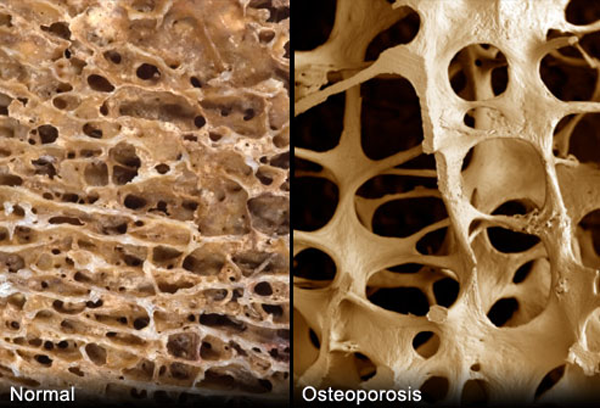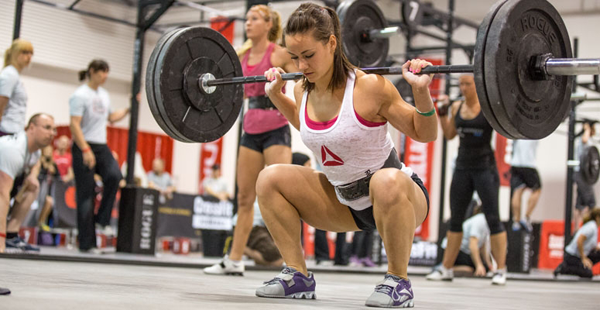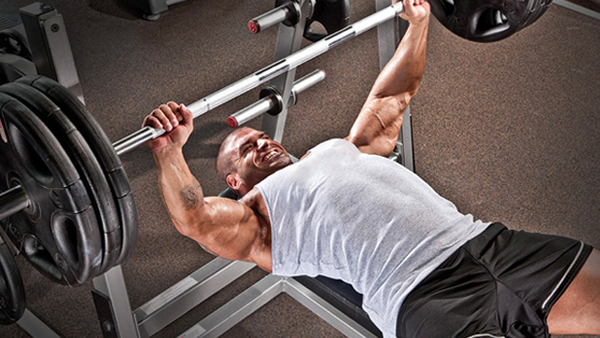As a child, did you ever think about what you wanted to be when you grew up? Of course, and even after “growing up” we still ask ourselves that same question … as if the time will never come. Being a member of a nursing home or assisted living facility probably isn’t in most peoples’ plans when they think about their future. The reality is that most admissions to nursing homes are due to falls and hip fractures. That statistic right there directly correlates osteoporosis with independent living. It’s important to know how to prevent osteoporosis through resistance training.
What Is Osteoporosis?

A healthy bone is made up of calcified minerals which are built up and torn down continuously by osteoblast and osteoclast cells, respectively.
Normally, the outer layers of bones are hard and solid compact bones. The inner portions are a web-like structure of spongy bone. The webbing of bone is built in a very specific formation to withstand whatever pressure is placed upon it.
As you can see in the figure above, the left side shows a healthy spongy bone. The right side shows an osteoporotic bone.
Bones with osteoporosis have a much weaker webbed structure and are easily fractured upon significant contact, like a fall.
The weak structure of bone can be caused by multiple things. Women especially have trouble with osteoporosis when they are post menopausal. Estrogen ceases to be produced which in turn causes bone density to decrease. Men with low testosterone are at higher risk because testosterone directly promotes bone density. Also, anyone who is deficient in vitamin D or calcium is at a higher risk.
Prevention
Peak bone mass is when your bones reach their highest density point. After that it hits a plateau and then tapers off slowly as we age.
Peak bone mass can vary based on hormone levels, race, gender, and other factors out of our control.
However, you can control the amount of stress you place on your bones while young, ensuring your peak bone mass remains as high as possible.

Axial loaded lifts include any exercise where a weight is placed on your back, an example being the back squat. This means your axial skeleton will be forced to support the load.
The axial skeleton consists of the bones in your spine and hips, which are some of the most critically injured areas during a fall.

To place pressure on your appendicular skeleton, exercises like the bench press, leg press, and lunges work great.
The appendicular skeleton consists of the bones in your appendages. The bone density will directly correlate with the pressure you place on the bones; the heavier the weight is, the more osteoblast attention the bones will receive.
I hope this article convinced you to pay attention to your bone density. It’s never too late to strengthen, but it’s extremely beneficial to start young. Please take a second to share this on Facebook. You’ll probably also enjoy 8 Simple Lifestyle Changes That Burn Over 100 Calories At A Time.
 About Adam Pegg
About Adam Pegg



